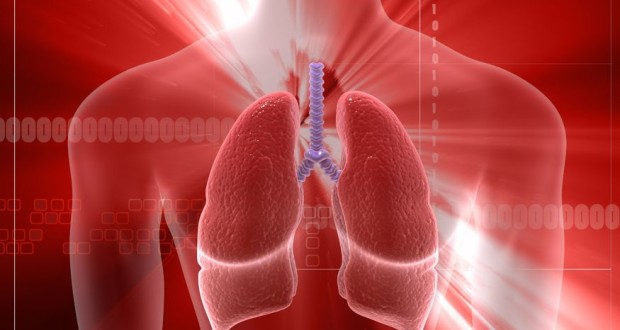In the industrialized world, air pollution remains a constant threat to public health. Not only can airbone pollutants pose a threat to adults and the elderly, evidence also indicates that such pollutants are leave a permanent mark on children.
Signs of Trouble
A 2015 study found that stunted lung growth was a widespread issue among children exposed to certain air pollutants. This report was a collaborative effort between King’s College London, the UK’s Medical Research Council and the Asthma UK Centre in Allergic Mechanisms of Asthma. The authors spent six years documenting the lung capacity of eight and nine year-old students from east London. In all, data from more than 2,400 children from 25 schools was collected during this time frame.
In order to gauge the children’s respiratory health, the researchers measured the volume of air the students could inhale. They also checked for inflammation inside the lungs, and recorded the presence of heavy metals via urine samples.
Worse for the Wear
This testing revealed that both particulates and nitrogen dioxide had a noticeably harmful impact on the children’s health. Subjects in areas with high levels of these pollutants were found to be suffering from reduced lung capacity. The decrease in lung capacity reached up to ten percent in some children, and the report noted that such damage may be irreversible.
Moveover, the authors contend that their work shows the ineffectiveness of London’s Low Emission Zone (LEZ), a group of regulations aimed at lessening the impact of air pollution. Professor Chris Griffiths, the study’s lead author, stated that “the LEZ, which was specifically designed as a major public health intervention, has so far brought about no change […] there appears to be no evidence that these low emission zones can reduce pollution or improve health.”
 Natural Knowledge 24/7 Educate yourself with nutrition, health and fitness knowledge.
Natural Knowledge 24/7 Educate yourself with nutrition, health and fitness knowledge.






